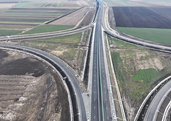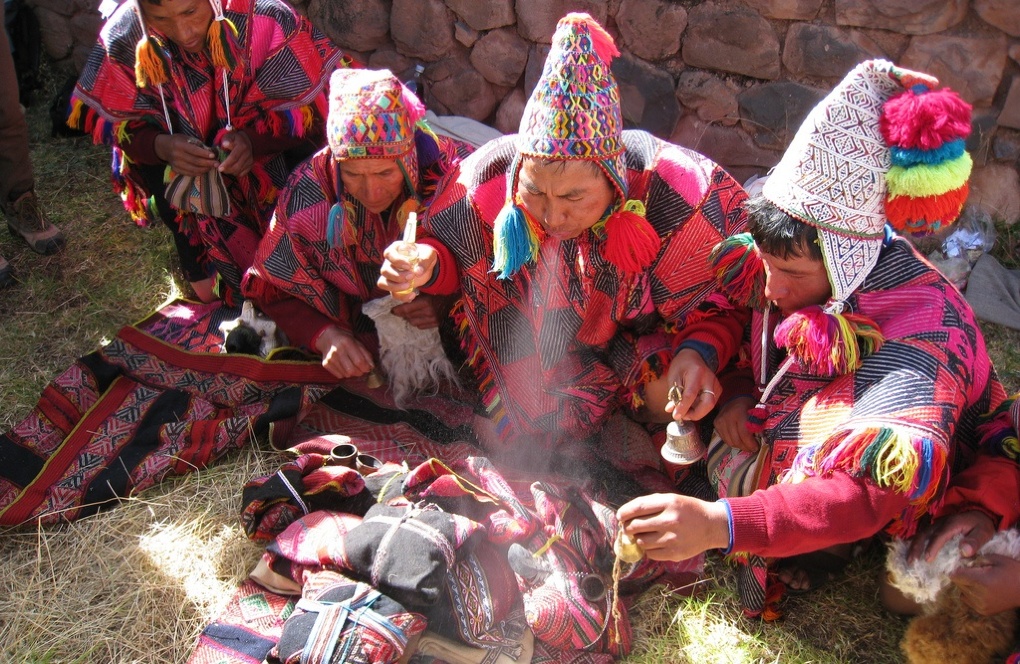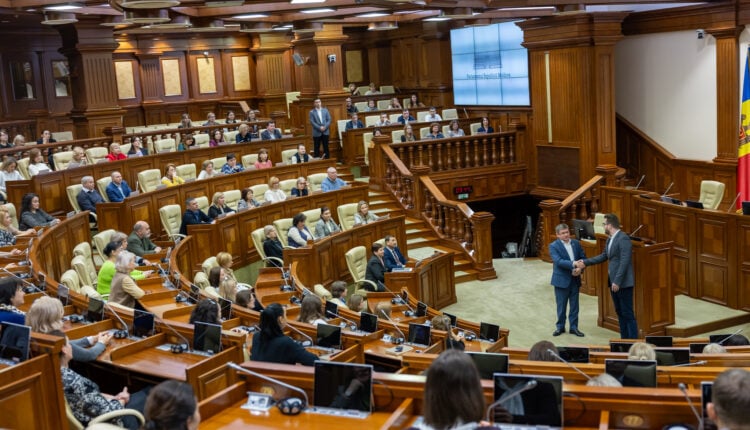Romania's resident population was standing at 19.5 million as of January 1, 2018, with a negative rate of natural increase, according to a press statement released by the National Institute of Statistics (INS) on Thursday, July 11, World Population Day.
The UN has created July 11 World Population Day inspired by the public interest in Five Billion Day on July 11, 1987, the approximate date on which the world's population reached five billion people.
Since then, the population of the planet has continued to grow, with the exception of countries in Europe, including Romania, where the rate of natural increase is negative.
According to INS, Romania's resident population was standing at 19.530 million inhabitants as on January 1, 2018, with the female population accounting for 51.1pct of the total.
Compared with January 1, 2017, on 1 January 2018 population aging was deepening as the youth population dipped and the elderly population - 65 years and over - rose from 17.8pct to 18.pct.
The adult population (15 to 64 years) made up 66.2pct of the total, down 163.800 compared from early 2017.
As of January 1, 2018, the Nord-Est Development Region (the counties of Bacau, Botosani, Iasi, Neamt, Suceava and Vaslui) was hosting had the largest share of the population, 16.5pct of Romania's resident population. At the opposite end stood the Vest development region (consisting of the counties of Arad, Caras-Severin, Hunedoara and Timis) with a share of just 9.1pct in the resident population of the country.
The Bucharest - Ilfov development region is Romania's most urbanised region, with the population living in towns and cities accounting for 88.7pct of the total population of the region.
In 2017, life expectancy at birth rose to 75.73 years, up 0.17 year-on-year, with female life expectancy outlasting male life expectancy by 6.95 years.
Due to differentiated level of mortality by residential area recorded in 2017, the average life expectancy of the urban population was higher than that in the rural areas by 2.79 years. Both male and female life expectancy in the urban areas was higher than those in rural areas, with higher differences in the male population (3.11 years) as against the female population (1.87 years).
In 2018, the resident population's rate of natural increase continued to be negative (-75,300), with negative values in all regions of the country.
"Significant developments in society, such as falling birth rates, a persistent negative rate of natural increase, international migration, changing the demographic behaviour of married couples are some of the factors seen as responsible for the decline in fertility and, implicitly, in the resident population, as well as changes in its structure by age groups," according to INS experts.
Estimating the resident population of Romania has been a constant concern with official statistics is, as well as the calculation of specific indicators. Thus, it is noted that the average age continued to rise, reaching 41.9 on January 1, 2018.
According to the UN Population Division, the world population was estimated at 7.7 billion as of July 1, 2019. The world's most populated countries are China (1.434 billion inhabitants), India (1.366 billion inhabitants), the United States (329 million inhabitants), Indonesia (271 million inhabitants) and Pakistan (217 million inhabitants).
The world's population is forecast to reach 9.7 billion inhabitants in 2050 and 10.9 billion inhabitants in 2100. The largest population increases between 2019 and 2050 are expected in the Democratic Republic of Congo, Egypt, Ethiopia, India, Indonesia, Nigeria, Pakistan, the United States of America and the Republic of Tanzania.
In 2027, India should overtake China to become the most populated country in the world.
Romania is ranked 7th in the European Union in terms of resident population as of January 1, 2018. The most populated country in the EU is Germany (82.792 million inhabitants), while Malta is its smallest nation by population size (475,700 inhabitants).
































Comentează